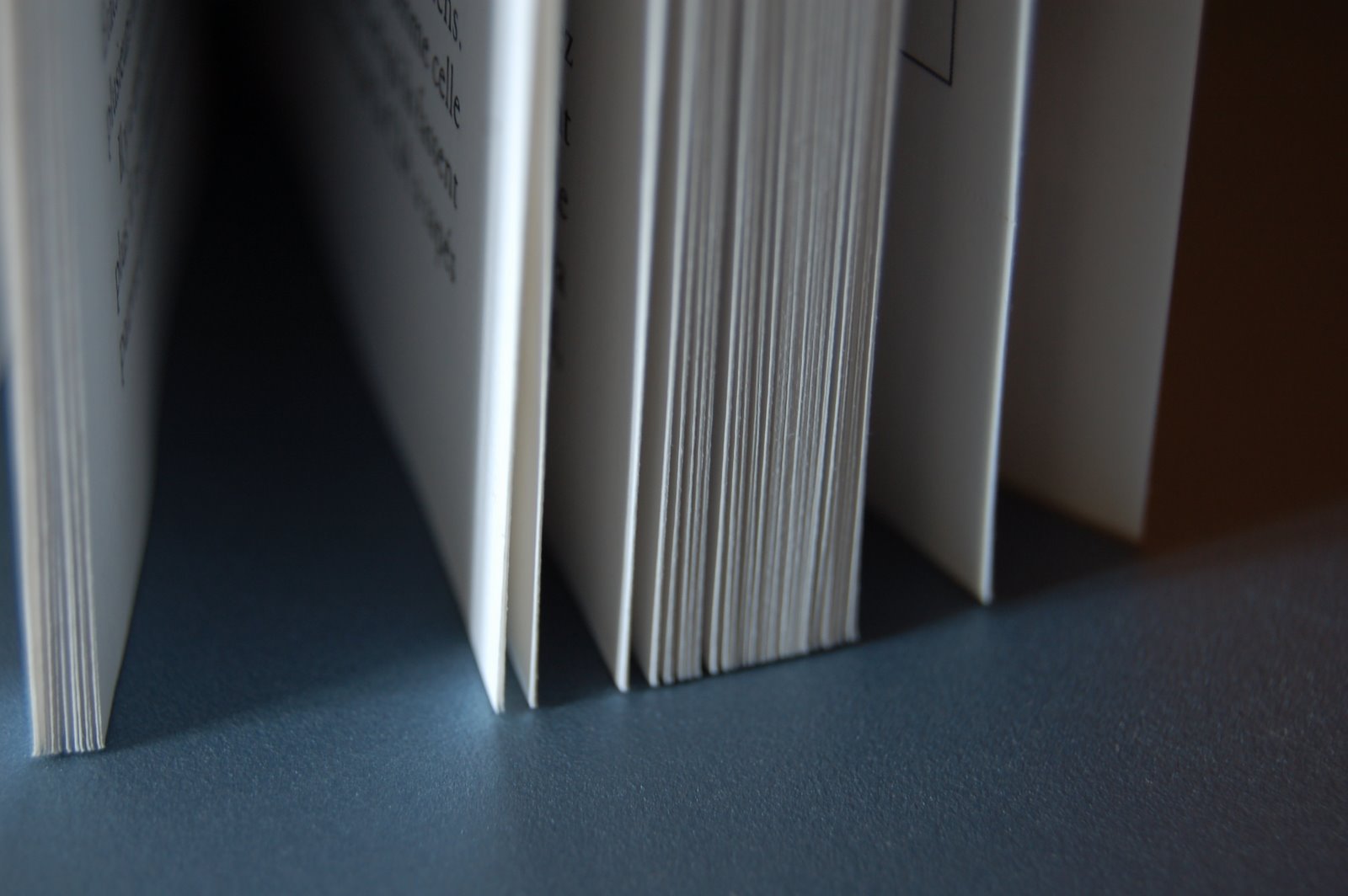A great companion read to Meet Me By The Fountain is
the End of The Suburbs by Leigh Gallagher. It runs over a similar
history talking of the rise and fall of a way of living that dominated the US
post war up until relatively recently.
The suburbs have always been waiting to be born, with the
grid system so beloved by early settlers just waiting to be mimicked in fields
on the fringes of cities. The technology to mass produce houses, Levitt style,
and the need for homes spurred growth that seemed like it would never end. The
dream of owning a home burned brightly in many Americans minds and as they were
prepared to drive further away from the cities to where the prices would
eventually come down to a price when they could afford their own home.
Once in the suburbs the dream then changed to moving up the
scaler and the McMansions that littered the landscape became the ambition for
many.
Thanks to the car people could drive to and from home and
work on freeways, take kids to schools and clubs and pop along to the mall to
do their shopping.
But a few things changed. Firstly, commuting became a drag.
Not only did it take longer because congestion increased, but traditionally low
gas prices ebbed away and it became more expensive. Those homes at the edge of
the suburbs, the furthest from the city now became unaffordable because there
was no saleable market for them and the economics of living there no longer
stacked up.
The other major trend that worked against the suburbs was
the re-emergence of the cities. The rough slums in some of the areas of New
York that had kept people away for so long spruced themselves up and the joys
of living within 15 minutes of stories, kindergartens and transport became obvious.
A final theme tha Gallagher exposes is the split within the building
community, with many turning against the suburbs to concentrate on developing
walkable communities that did not rely on the car.
All of those factors were exacerbated by the 2008 housing
crash. In some ways this book uses that event as a platform to discuss the end
of the suburbs. That is both its strength and weakness. At the time it seemed
as if the collapse in the housing market, record foreclosures and the end of
the housing dream would spell the end for the suburbs.
But reading this book just a year after the pandemic, when everyone
was forced to stay in their homes and work and live in those same suburbs for
their own safety, you have to wonder if a revision is needed. Homes became
fundamental during Covid and the isolation and criticisms made in the book of
expansive suburbs proved to be a benefit. Many fled their small city apartments
to stay in larger family bubbles to escape isolation and loneliness.
As a result this book captures a moment in time that has
passed and leaves you with more questions than answers. There is no doubt the
suburbs have suffered and there are numerous YouTube channels out there touring
the US to show off collapsed and burnt-out neighbourhoods to illustrate that
point. Crime rates that once kept people away from cities are now doing the
same in the suburbs and there are problems with unemployment, opioid abuse and
violence, But many suburbs remain and there are estate agent channels that list
the top 10 suburbs for couples, families and for nature lovers etc. It doesn't
feel quite as apocalyptic as it did back in the few years that followed the
2008 recession.
There is no doubt the suburbs have changed and will continue
to do so and this book marks a moment in that discussion about that future.
Gallagher was writing about a period of mass foreclosures sparked by the
recession, the first signs that the car was no longer the answer to commuting
and the rise of a city alternative.
The story that Gallagher tells is one of ebbing tides of
migration, of an exodus from the urban centre to the suburbs to a move by many
back in, or closer to, the same cities their parents and grandparents left. The
changing role of the car is also pivotal as are the generational changes that
result in many younger people rejecting the attractions of the suburbs their
parents embraced.
The book ends with a sense that the suburbs will never quite
be the same. Her ability to chart the arguments in the planning and building
communities is one of the legacies that will live on after this period because
it illustrated more than anything that the money was moving from the suburbs
back to the cities. The new urbanism movement has provided alternatives, the
big developers that built the suburbs have moved into the cities and the love
affair with the car is coming under strain. But you also sense that the love
affair with the idea of personal space is not quite over and as a result the
burbs might change but to a large extent stay the same.
For the history, the sense of differing viewpoints and
capturing the essence of the suburbs this book hits the mark. All it needs is a
post pandemic sequel to see where things stand now and where Americans now want
to live.




















